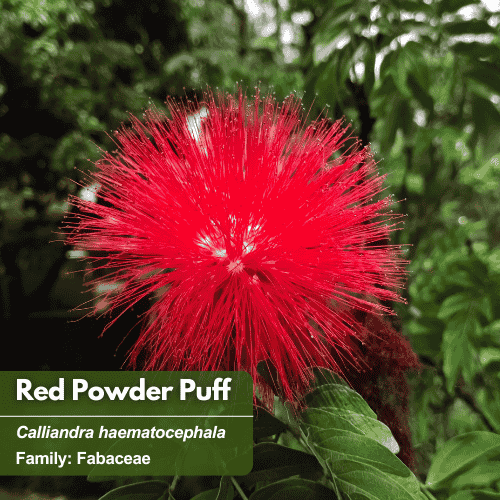Etymology
The genus name "Calliandra" is derived from two Greek words: "kalli" meaning "beautiful" and "andros" meaning "stamen" or "male organ." It refers to the attractive and showy stamens found in the flowers of plants belonging to this genus. The specific epithet "haematocephala" is derived from the Greek word "haematos," which means "blood," and "kephale," meaning "head" or "cap." It describes the characteristic blood-red heads that are a prominent feature of the plant.
Graceful White Blooms: Calliandra haematocephala 'Alba' Unveils Tranquility
Uses
Serves as a barrier, specimen, and corner plant in landscaping. It lends itself to imaginative designs and can be grown in containers in greenhouses and conservatories. With skilled pruning, it can also be shaped into a stunning single-trunk tree form.
Cultivation
Prefers full sun but can tolerate partial shade. It thrives in well-drained, moist, and fertile soils but does not tolerate salt. While mites and chewing insects may pose occasional issues, they are not typically serious. Once established, it showcases its drought tolerance. Ensure sufficient space for this large shrub to flourish and consider annual pruning. It is propagated through seeds, cuttings, or layering.


